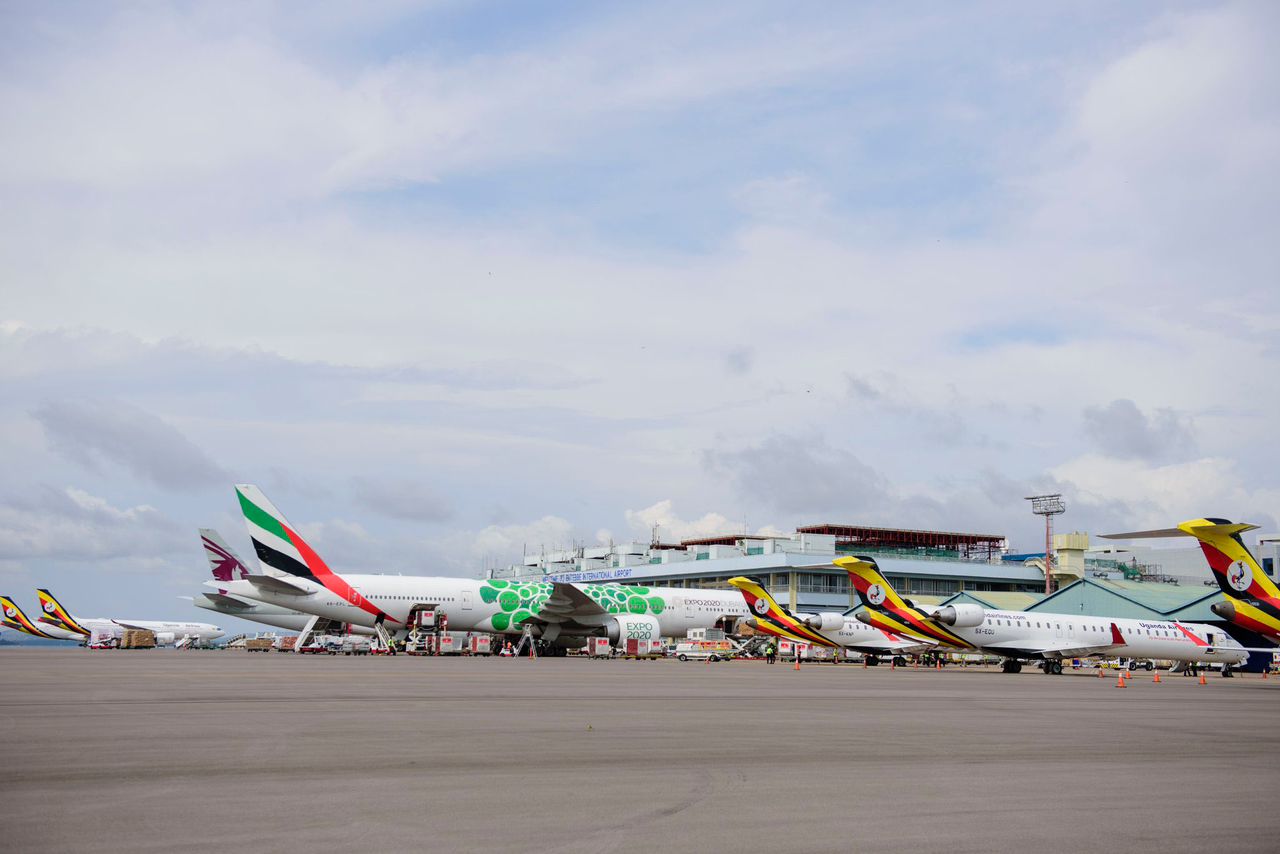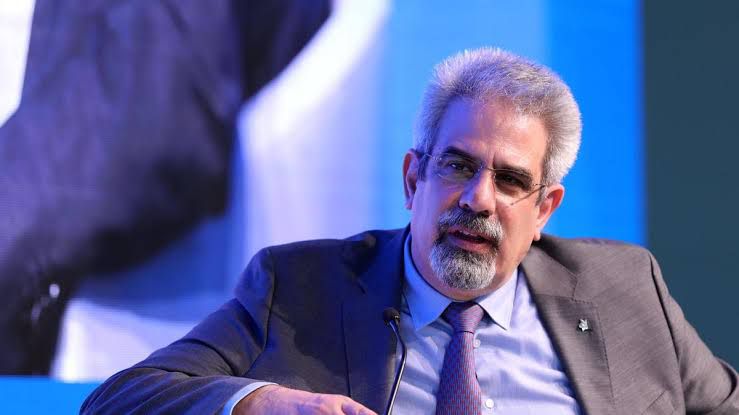By Samuel Ssenono
[email protected]
At the IATA Annual General Meeting in New Delhi India, attention turned to the state of aviation in Africa and the Middle East. While the continent posted impressive passenger growth numbers, IATA warns that without urgent reforms, Africa’s aviation potential may continue to stall on the runway.
Passenger Demand Is Growing Fast
Between January and April 2025, passenger demand across Africa grew by 9%, outpacing the global average of 6%. Load factors also climbed to 74.5%, an encouraging sign for African carriers still recovering from pandemic-era lows.
IATA projects that air traffic across Africa will more than double by 2043, reaching 345 million passengers. That represents an average annual growth rate of 3.7%, just slightly behind the Middle East’s projected 3.9%.
A local snapshot from Uganda underscores this continental trend. According to the Uganda Civil Aviation Authority, Entebbe International Airport handled 185,466 international passengers in April 2025, averaging 6,182 passengers per day. That marks a 13% increase compared to April 2024’s daily average of 5,490 passengers.
Cargo Is Lagging Behind
Despite strong passenger demand, air cargo in Africa is still struggling. Freight demand dropped by 5.5% in the same four-month period, with the cargo load factor falling to just 40.1%, well below the global average of 45.1%.
At Entebbe, however, there are signs of cargo recovery. April 2025 cargo traffic reached 6,098 metric tons, comprising 2,088 tons of imports and 4,010 tons of exports. That’s an increase from the 5,721 metric tons recorded in April 2024 a clear gain in throughput.

Blocked Airline Funds Remain a Massive Problem
One of the most pressing issues flagged in IATA’s regional briefing was the continued problem of blocked airline revenues.
As of April 2025, $1.1 billion in airline funds remain trapped across 29 countries in Africa and the Middle East accounting for 85% of all blocked funds globally. Of this, $919 million is locked within Africa alone.
Countries like Mozambique ($205 million), the XAF Zone ($191 million), Algeria ($178 million), and Lebanon ($142 million) top the list of the most restrictive. While Nigeria has made progress and is no longer on IATA’s blocked funds list, other governments have yet to follow suit.
“When airlines can’t access their own revenues, they’re forced to reduce capacity or exit markets altogether,” said IATA Regional Vice President Kamil Al-Awadhi.
“Blocked funds don’t just hurt airlines—they hurt connectivity, competition, and passenger choice.”
Safety Record Mixed, But Fatal Accidents Remain Low
Africa reported 10 accidents in 2024, most involving turboprop aircraft, and typically during the landing or takeoff phases. That’s up from eight accidents in 2023.
However, the region achieved zero fatal accidents for a second consecutive year, an important milestone made possible by safety initiatives like IATA’s Focus Africa and the Collaborative Aviation Safety Improvement Program (CASIP).
High Operating Costs = High Ticket Prices
Flying in Africa remains more expensive than most regions. IATA data shows:
- Fuel costs are 17% higher than the global average
- Taxes, fees, and charges are 12–15% higher
- Air navigation charges cost 10% more
- Maintenance, insurance, and capital costs run 6–10% above global norms
With these burdens passed on to passengers, Africa has some of the highest average ticket prices in the world. In several markets, taxes and fees alone exceed the base fare, pricing many potential passengers out of air travel.
Intra-African Connectivity Still Lags
While international traffic is growing, intra-African connectivity remains underdeveloped. Only 20% of flights within Africa serve regional routes, and just 19% of intra-African city pairs have direct links.
More than 75% of all international passenger traffic to and from Africa is still handled by non-African airlines. This highlights a persistent reliance on foreign carriers and a lack of capacity-building within the continent’s own aviation sector.
IATA continues to push for the full implementation of the Single African Air Transport Market (SAATM) and the Yamoussoukro Decision, which would open up access, increase route options, and boost competition among African carriers.
Visa Policy and Market Openness Improving
On the policy side, there’s progress:
- Benin, The Gambia, Rwanda, and Seychelles now offer visa-free travel to all African nationals
- 28% of intra-African travel routes are now visa-free
- 44% of African countries issue e-visas, up from 17% in 2016
Despite the momentum, IATA notes that coordination is still lacking, and that many borders remain bureaucratically difficult to cross, hampering the potential of free movement.
Bottom Line: The Growth Is Real, But So Are the Hurdles
Africa’s aviation sector is clearly growing and the numbers at Entebbe International Airport reflect that growth on a national level. But the road to a fully connected, cost-effective African aviation market remains long.
“Africa’s aviation industry is sitting on huge potential,” said Al-Awadhi.
“But that potential is being blocked literally by policy choices, high costs, and limited access. We need to treat aviation as a public good and an economic driver, not just a source of tax revenue.”
With strategic reforms, the region could unlock more affordable travel, stronger connectivity, and broader economic opportunity























